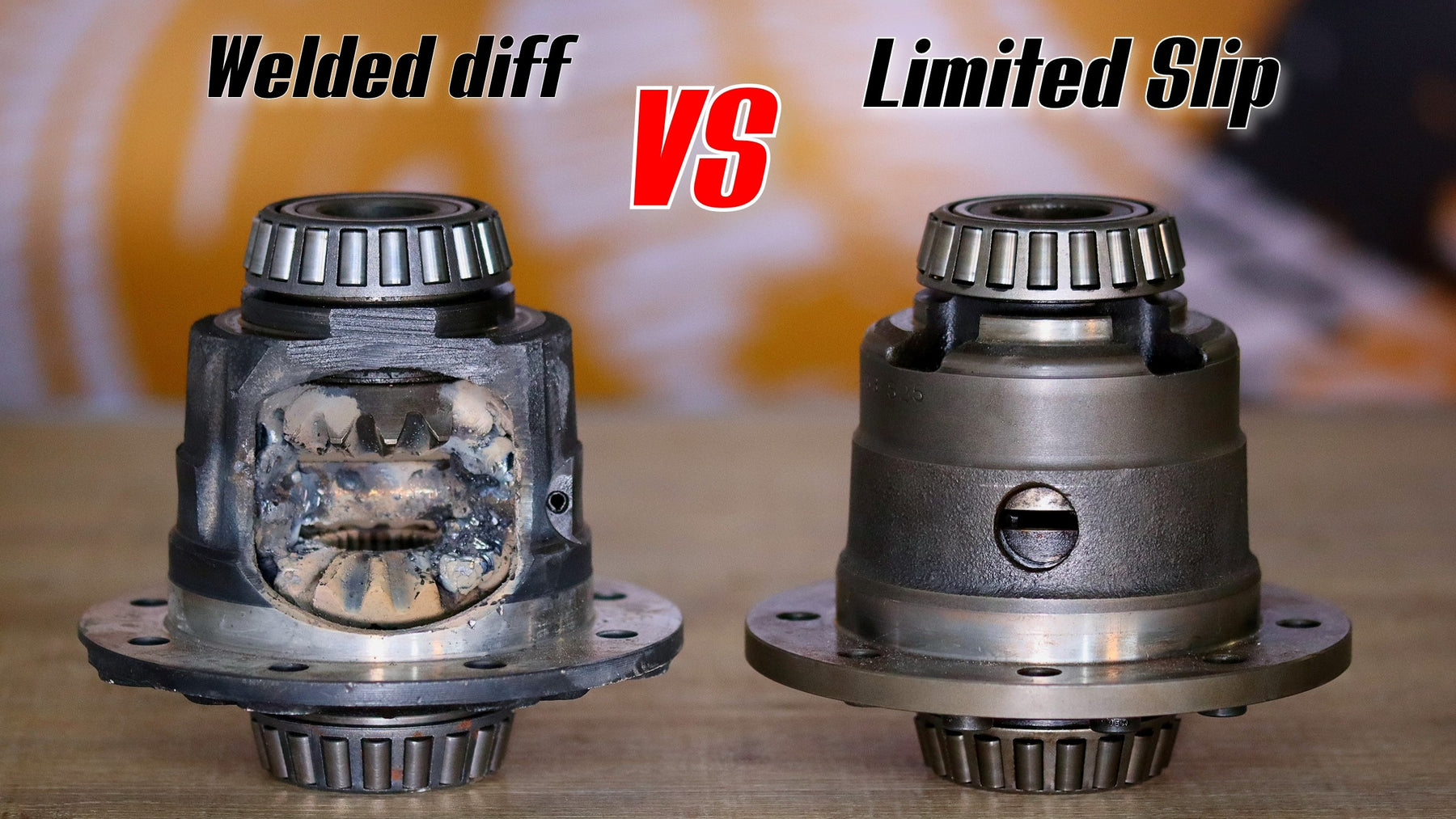
Understanding these mixed expenses is key to effective cost control and budget planning. Managers track them closely because they impact overall cost behavior and profit margins. They classify costs as direct or indirect, depending on how easily they can tie them to a specific product or service.

Differential Costing
There is also no accounting standard that mandates how the cost is to be calculated. Instead, it is simply an analysis concept used to optimize decisions. Seven additional examples will be used to illustrate how differential analysis can be applied to specific business decisions. my fuel tax For making a choice among the various alternatives, the alternative which gives the maximum difference between the incremental revenue and incremental cost is recommended to be adopted. The components required by the main factory are to be increased by 20 per cent.
Key Components of Differential Cost Analysis
By modeling various scenarios, such as changes in raw material prices or shifts in consumer demand, companies can better prepare for potential fluctuations. This proactive approach enables businesses to develop contingency plans and adjust their strategies in response to changing market conditions. For example, a company might use differential cost analysis to forecast the impact of a potential tariff on imported goods, allowing it to explore alternative sourcing options and mitigate financial risks. In practice, businesses often use both differential and incremental cost analyses to gain a comprehensive understanding of their financial landscape. While differential cost analysis provides a broad view of the financial implications of different strategic options, incremental cost analysis offers granular insights into the specific costs of scaling operations.
Characteristics of Differential Costing
After quantifying the costs, the next phase is to compare the total costs of each alternative. This comparison should be done over the same time frame to ensure consistency. This holistic view helps in understanding the long-term financial implications of each decision, rather than focusing solely on immediate cost differences. Differential cost analysis is a crucial tool for businesses aiming to make informed financial decisions. By focusing on the costs that change between different alternatives, this method helps managers identify the most cost-effective options. Just like choosing between two products, companies often face various decision-making scenarios.
- In the given problem, the company should set the level of production at 1,50,000 units because after this level differential costs exceed the incremental revenue.
- All in all, managers often get into situations, where they have to choose from alternatives.
- However, the Decremental Cost is a decrease in the differential cost.
- There is also no accounting standard that mandates how the cost is to be calculated.
- It allows companies to allocate resources more efficiently and improve profitability.
Examples of Differential Cost
Each type showcases distinct characteristics in how it behaves relative to business activity and decision-making processes, ultimately affecting the overall financial picture differently. They provide clear data about what each action would really cost, helping businesses avoid unnecessary spending and save money where it counts. The components of an item are manufactured by another unit under the same management. (i) To process the entire quantity of ‘utility’ so as to convert it into 600 numbers of ‘Ace’. The concern at present produces per day 600 numbers of each of the two products for which 2,500 labour hours are utilised. They receive a special order for producing Mugs of 1000 units at a rate of ₹ 5/- per unit.
The components factory can increase production upto 25 per cent without any additional labour force. Overheads are variable to the extent of 25 per cent of the present amount. (i) Prepare a schedule showing the total differential costs and increments in revenue. The alternative which shows the highest difference between the incremental revenue and the differential cost is the one considered to be the best choice. Differential cost is the variation in costs (increase/decrease) between two available opportunities.
Differential cost is the change in cost that results from adoption of an alternative course of action. It can be determined simply by subtracting cost of one alternative from cost of another alternative or from the cost at one level of activity, the cost at another level of activity. Direct material and labour will be constant for the special order. But, there is a need for special tools costing ₹ 600/- to meet additional orders’ production. A company uses differential cost to decide between options by comparing their costs.
For example, a manager decides whether to make or buy a part. Understanding variable expenses helps managers choose the most cost-effective options. They compare these costs between different products or services to decide which one saves money while meeting quality standards. All are examples of variable costs tied directly to output levels. When exploring the landscape of differential costs, we recognize that they are not a one-size-fits-all concept; instead, these expenses vary and can be identified and categorized into several types. This is where understanding differential cost swoops in to save the day—it’s like having a financial compass that points you toward better choices.
Lease payments, salaries, and insurance premiums are typical examples. These expenses stay the same each month, even if a business makes more or less of its product. Yet both terms are linked by their focus on change and choice—the core ideas behind differential costs.
A manufacturing concern sells one of its products under the brand name ‘utility’ at Rs. 3.50 each, the cost of which is Rs. 3.00 each. After further processing, which entails additional material and labour costs of Rs. 2,50 and Rs. 2.00 per number respectively, ‘utility’ is converted into another product ‘Ace’ which is sold at Rs. 8.00 each. The variable cost of manufacture between these levels is 15 paise per unit and fixed cost Rs. 40,000. A company has a capacity of producing 1,00,000 units of a certain product in a month.
